In all of human history, never have the faraway wonders of the galaxy felt closer to us than they do today, thanks to the ongoing advances in spacefaring technologies that science continues to make. Why, then, should there be any need to make space travel cool and sexy?
First, let’s be clear about what we mean by sexy. Simply put: sexy sells. Whether it’s soft drinks, skateboards, or hair straighteners, being able to make the idea of something in some way attractive is what makes people want to buy into it.
So when we talk about the prospect of space exploration, that’s clearly something you can’t go and pick up from the supermarket, or order through an online store.
For the majority of the public, space doesn’t matter much beyond being a romantic backdrop for a kiss under the stars. So why should space matter to them?
We saw this recently with Elon Musk's reveal of the official SpaceX spacesuit. It's nothing like the bulky suits of the past but a cool, slick-looking design that wouldn't look out of place in a movie. In fact, it looks achingly close to the suits worn in Pacific Rim.
In an Instagram post, Musk summed up the trials of making space sexy, noting that it "was incredibly hard to balance esthetics and function. [It's] easy to do either separately."
Getting this balance right, though, is essential to the future of space travel – it's not just about function anymore but something much bigger, and for good reason.
Why space matters
As consumers of a news culture that’s almost perpetually dominated by the strife and strains of a world that seems hell-bent on self destruction, be it economically, politically, or literally, it would be easy to give up on the possibilities of space travel and focus instead on solving the problems that surround us.
But if we don’t continue our efforts to venture into space, experts believe we’re in trouble. Stephen Hawking said it himself, we need to colonise another planet within 100 years or we’re doomed.
Considering that we are living through a time when the US government has cut significant funds from NASA’s budget, it may never be more important than it is right now to stoke the fires of the public’s imagination when it comes to venturing into space.
The right stories can inspire the next generation of astronauts, spacecraft designers, scientists and astrophysicists to take up the responsibility of space exploration. And with NASA’s bold new plan to get people to Mars by 2030, along with commercially-owned space companies promising to take space tourists to the moon within the next decade, there really is more reason to be excited than ever.
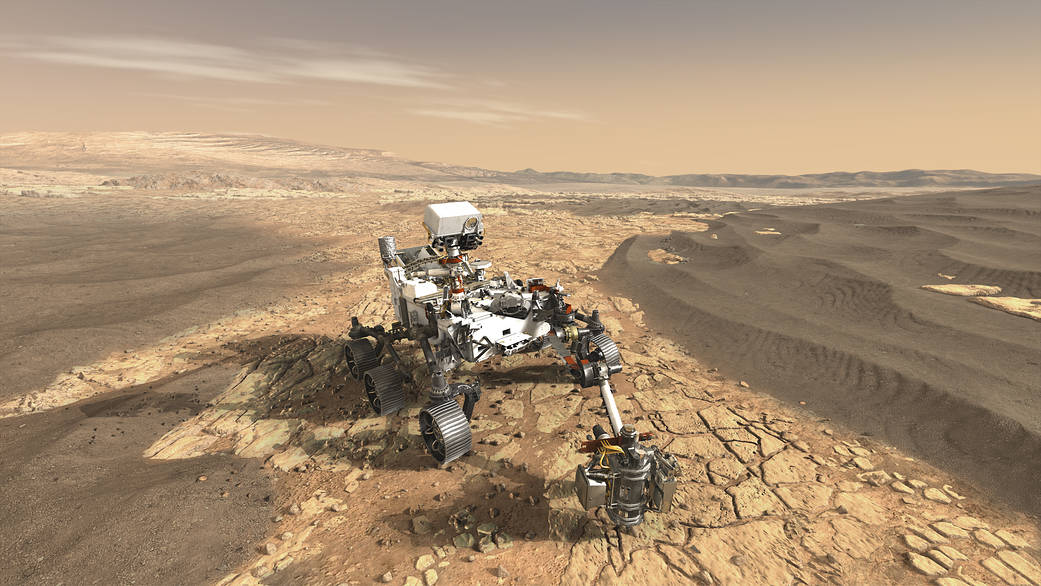
An illustration of what NASA’s Mars 2020 rover would look like, set to be launched in 2020. Its mission is to seek signs of habitable conditions on Mars (Image credit: NASA)
The challenge is in proving to people they need to learn more about space – whether to inspire them to one day work at NASA or to consider buying a ticket to the ionosphere from Elon Musk or Richard Branson. But how do we drum up interest when it seems so out of reach? With science-fiction, of course.
The role of science fiction
Science fiction itself is a vast genre that incorporates many forms of speculative fiction, from space travel, to time travel, making it a difficult subject to pin down for focused discussion.
More often than not, it offers fiction that’s grounded in science-based fact or emerging theory. There remains plenty of room for creative licence when it comes to speculating about the science and technology of the future – that’s why some stories straddle the line between science-fiction and fantasy, and why you’ll hear some people talking about ‘hard sci-fi’, which is a sub-genre characterised by a rigorous attention to scientific detail, rather than indulging in too many flights of speculative fancy.
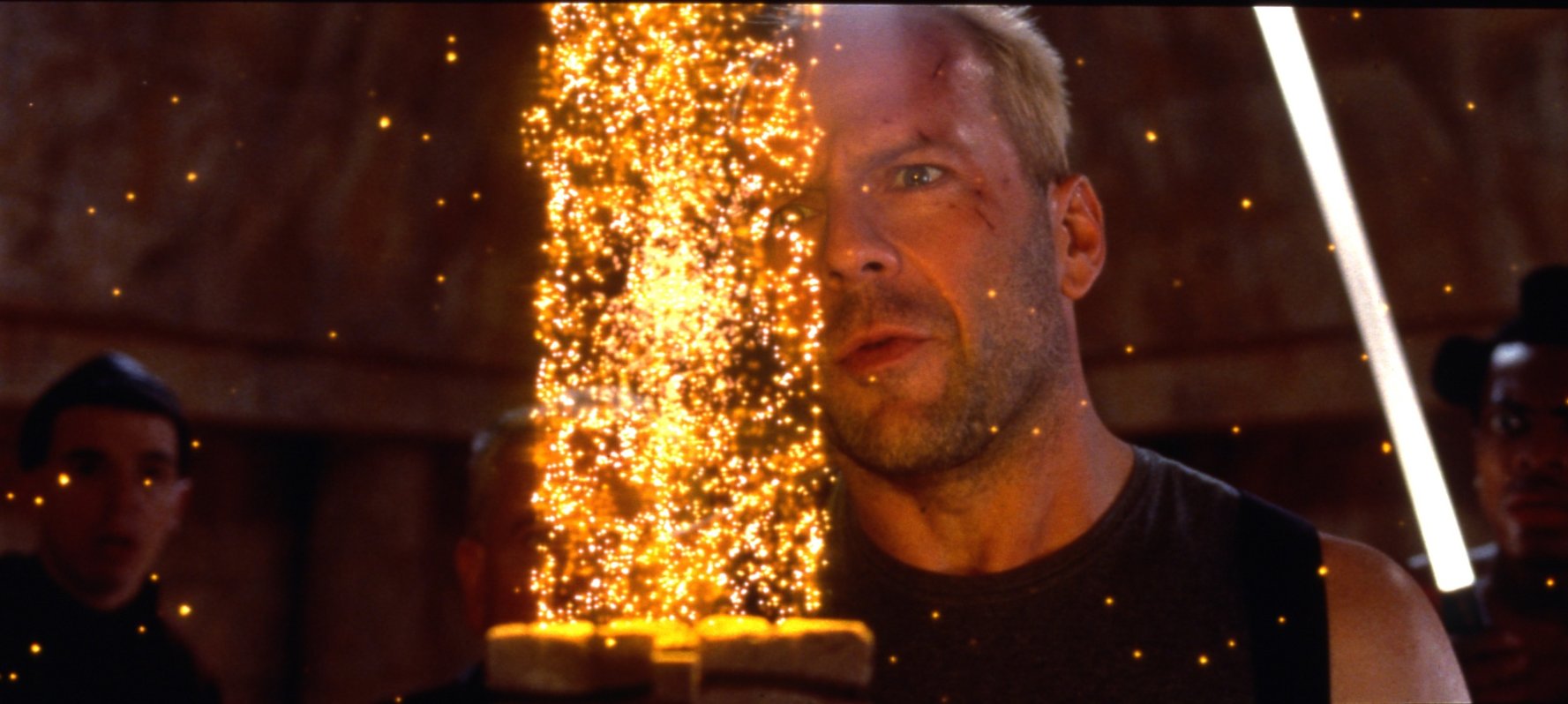
The Fifth Element blended science fiction with fantasy (Image credit: Sony Pictures)
Science fiction has an important role to play in igniting interest in space because it can make it seem not only possible, but appealing, stylish and sexy, and this presents endlessly fruitful opportunities for the creative industries to explore ideas about what the future may hold for the human race, especially with regard to our relationship with space.
I often start with what’s new now and then create my own interpolations of what that technology will look like in the future.
Dave Dorman
We spoke to science fiction and fantasy illustrator Dave Dorman, whose work can be found in the pages of Star Wars and Alien comics, about the role sci-fi creators can play.
“I find it helpful to use reference photos and articles/news stories about the latest technologies quite a bit," he told us. “The science fiction imagery I create often reflects current technology, machines, computers, robotics and other technical advances,” he explained.
“I often start with what’s new now and then create my own interpolations of what that technology will look like in the future.
“I hope the fans who are seeing my work, as well as the amazing images created by other illustrators, painters, computer effects wizards and the rest, will be inspired to be the scientists, technicians and visionaries for our collective future, much like Bradbury, Asimov, Sturgeon and Heinlein were for the generation that were influential in running the space race in the middle of the 20th century.”
Living the high life on Mars
The Martian, based on Andy Weir’s hit novel, became a box office hit in 2015, raking in more than $ 663 million worldwide and moving up the ranks as one of the highest grossing sci-fi movies ever made. But it wasn’t just popular among mainstream movie audiences. It was also screened for the astronauts aboard the ISS as a special treat, because of its accuracy. That comes as no surprise considering Ridley Scott partnered up with NASA to make the scenes, science and tech look as real as possible.
What The Martian did so well was retain scientific integrity (naturally, the science it presents still met with some criticism) throughout a narrative journey that was able to hold the interests of an audience hungry for entertainment. With Matt Damon in the lead role, it didn’t just make speculative space sexy, it made (mostly) real space exciting – which is an even greater artistic feat.
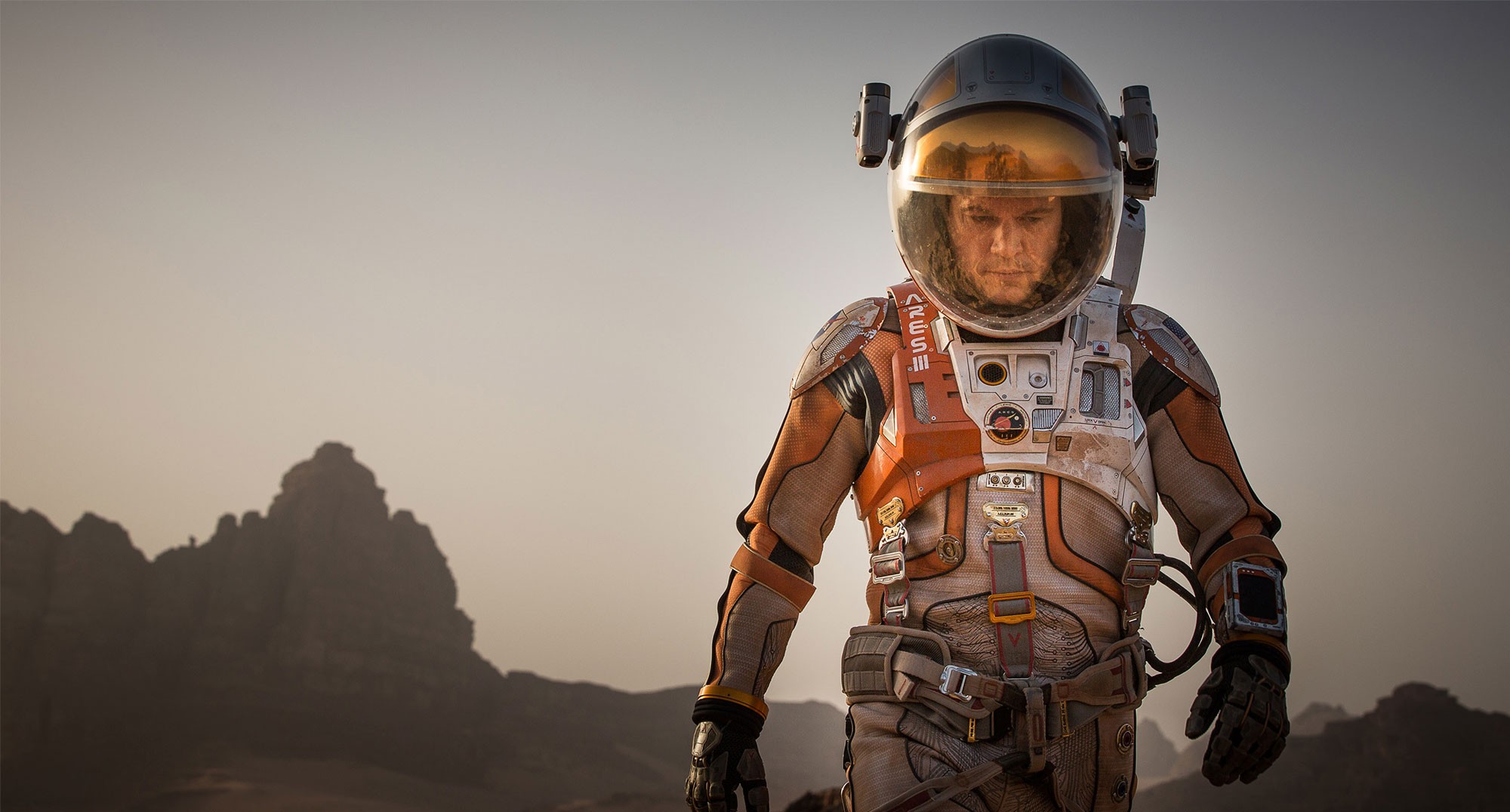
Matt Damon is stranded on Mars in The Martian (Image credit: Fox Movies)
The Martian isn’t even a rarity at the box office either. Alfonso Cuarón’s Gravity is a film in a very similar vein and although some of the science it presents isn’t entirely accurate, it still offers an experience of space that feels grounded in the real world, with two glamorous leads in Sandra Bullock and George Clooney. Christopher Nolan’s Interstellar followed a similar path, and before that came Moon, Apollo 13, and so on, going all the way back to 2001: A Space Odyssey and beyond.
What these films prove is that it’s possible to combine authentic science with a little artistic license and still make space travel exciting and relevant to contemporary audiences.
As with The Martian, perhaps the reason these films were hits with audiences is partially because their creators involved real world experts in the field. Kubrick famously shipped in a few dozen minds from the heart of NASA during the making of 2001: A Space Odyssey, and Christopher Nolan worked with astrophysicist Kip Thorne when he was developing Interstellar.
In space, everyone wants to know who you wear
And yet sci-fi isn’t beholden to science when it wants to make space the place to be.
The Fifth Element presents an inspiring vision of the near-future that’s catwalk sexy and riven with real-world foibles.
Luc Besson’s The Fifth Element is a stellar example of a visually-stunning space opera that skews toward fantasy, but still retains an earth-bound sensibility, with its cab-driving protagonist winning contest tickets for a cruise ship holiday –in space. And who knows, maybe Branson’s sexy hotels will look like Fhloston Paradise 50 years down the line.
With superstar fashion designer Jean Paul Gaultier crafting the look and the feel of the movie's characters, The Fifth Element presents an inspiring vision of the near-future that’s catwalk sexy and riven with real-world foibles.
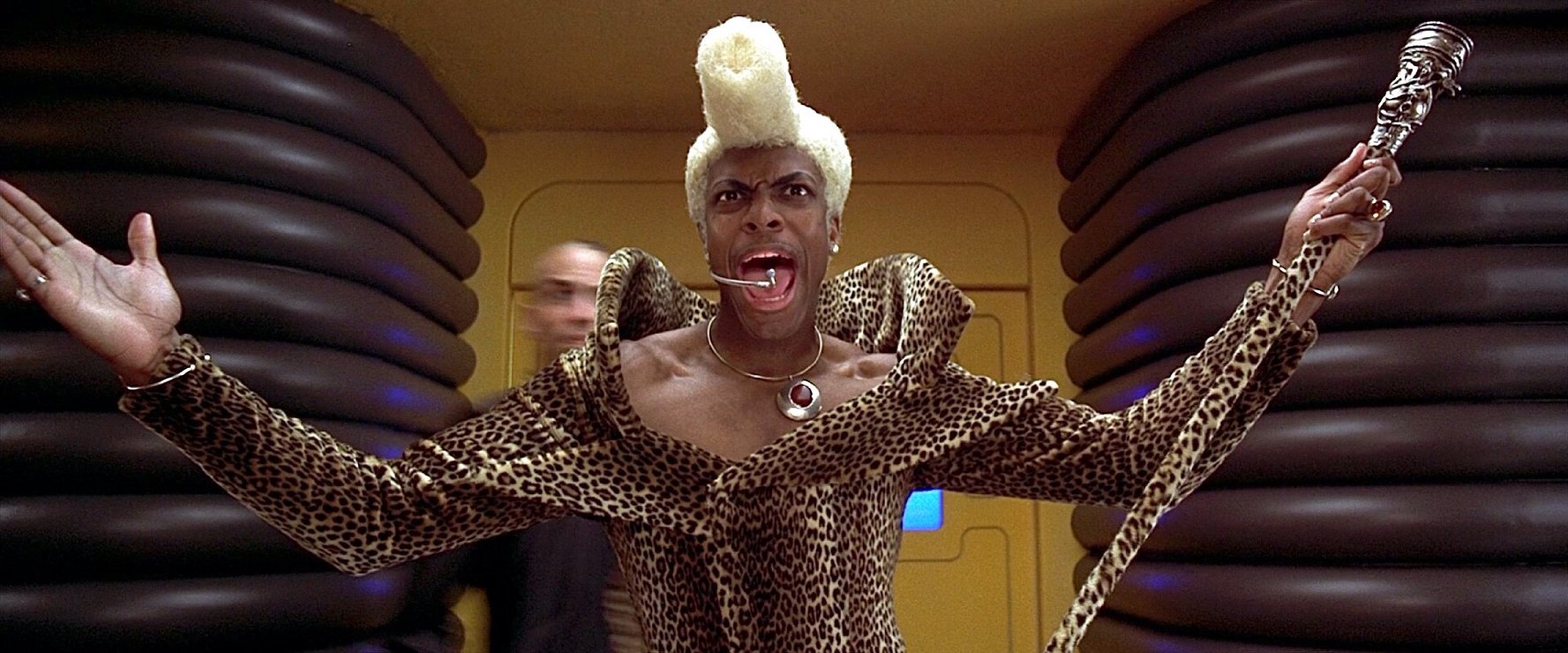
Jean Paul Gaultier designed the costumes for Luc Besson’s space opera The Fifth Element (Image credit: Sony Pictures)
More recently, the surprise hit and game-changer for Marvel Studios, Guardians of the Galaxy, exploded onto cinema screens with an extremely stylized look, grounded in the story of an orphan boy from Earth growing up on the criminal fringes of the cosmos.
Speaking about the creative process behind Guardians, writer-director James Gunn’s has said that his movie is "more about yellow and blue and teal and orange. But I also really wanted to up the ante with the pulp elements.”
“So we hearken back a lot to 1950s/60s pulp novel colors and that look of Flash Gordon – both the 1980s version and the earlier comics. Really grabbing onto this pulp feeling and bringing it alive in a bright, big, colorful way was important."
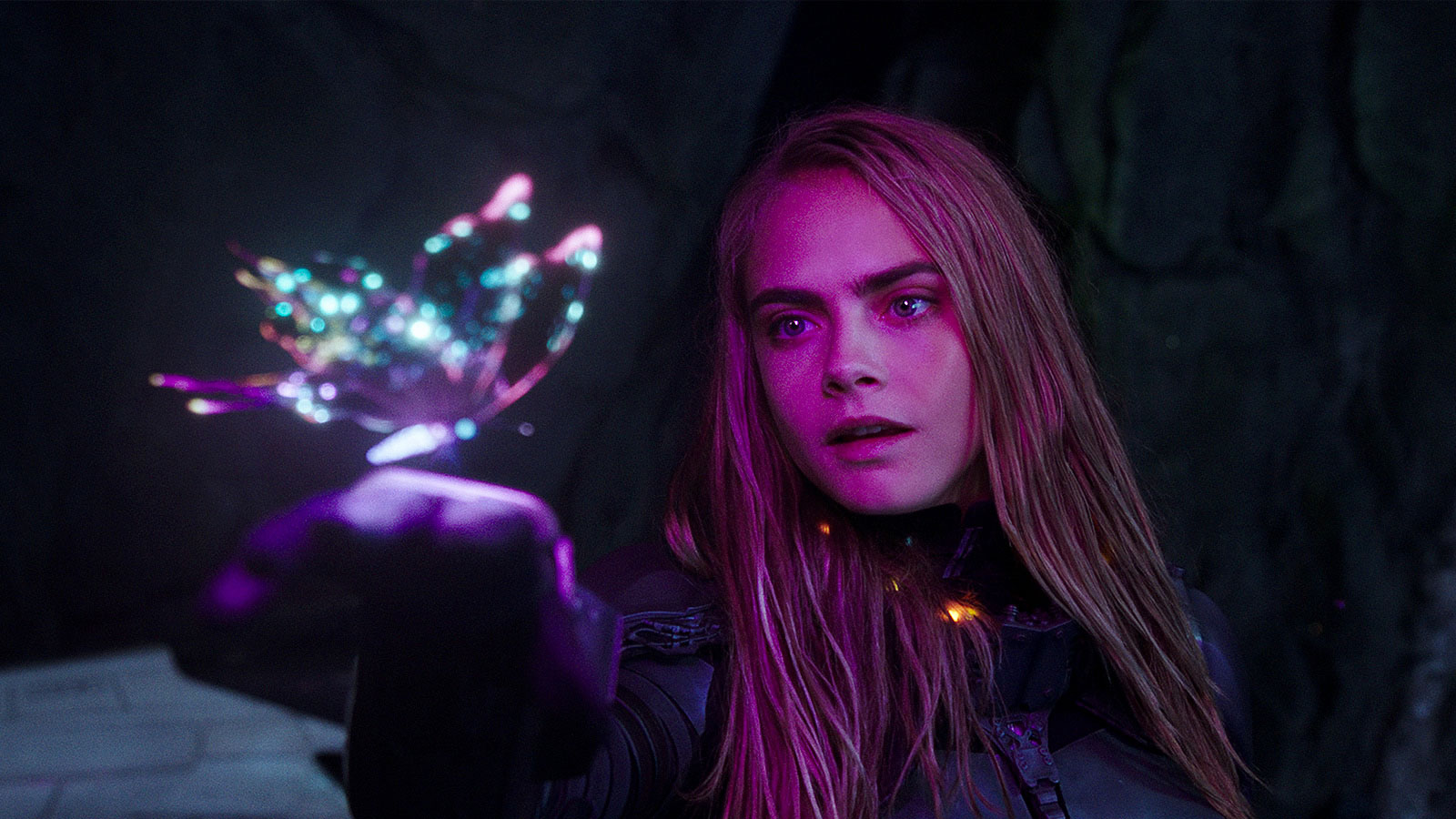
A still from Valerian and the City of a Thousand Planets (Image credit: STX Entertainment)
Guardians 2 picked up the same ball and ran even further with it back in April and now Luc Besson’s Valerian and the City of a Thousand Planets has arrived in cinemas, oozing sci-fi chic with star-studded style (yep, Rihanna is in it) and an eye-popping palette of otherworldly sights and sounds.
Street cred in space
As superficial as it might sound, if we’ve learned anything from the success of sci-fi blockbusters, it’s that style certainly sells.
Branson is tapping into the commercial appeal of a fashion brand to normalise the idea of buying a ticket to the moon.
The fly-on-the-wall footage of space travel from NASA that the public sees via YouTube, Instagram, and Snapchat is dominated by bulky spacesuits and big dials on bland spaceships.
It makes sense, then, that style-conscious Richard Branson and Virgin Galactic have enlisted Y-3 (the decade-long collaboration between designer Yohji Yamamoto and Adidas) to design and make the “flight-suits for our future astronauts and pilots […] garments worn by our operations and maintenance teams as well as our hosting staff.”
Branson is clearly tapping into the commercial appeal of a fashion name brand to normalise the idea of buying a ticket to the moon by aligning it with high-street fashion. It’s even got fashion bible GQ talking about it. Outer space meets inner city – and vice versa.
Although it’s not just commercial enterprises that are taking cues from the worlds of sci-fi and fashion to define what space travel and exploration will look like in the future. Potentially aware it has an image problem, NASA has recently teamed up with Reebok to create the Floatride Space Boot SB-01 that would look more at home in The Fifth Element than it would on the ISS.

Reebok has reworked Sigourney Weaver’s classic hi-top sneakers from Aliens (Image credit: Reebok)
This signals an interesting move for NASA, as well as Reebok. The sports design brand who isn’t new to space design having created the Alien Stompers to replicate the shoes Sigourney 'Ellen Ripley' Weaver wears in Aliens. But now moving from sci-fi space design to actual space design could open the floodgates for many other brands to put speculative, concept designs to good use.
Another great example of this marriage of real world and sci-fi design is the way car manufacturer Lexus was recently called upon to help with concepts for what transportation of the future might look like by Luc Besson for Valerian and the City of a Thousand Planets.
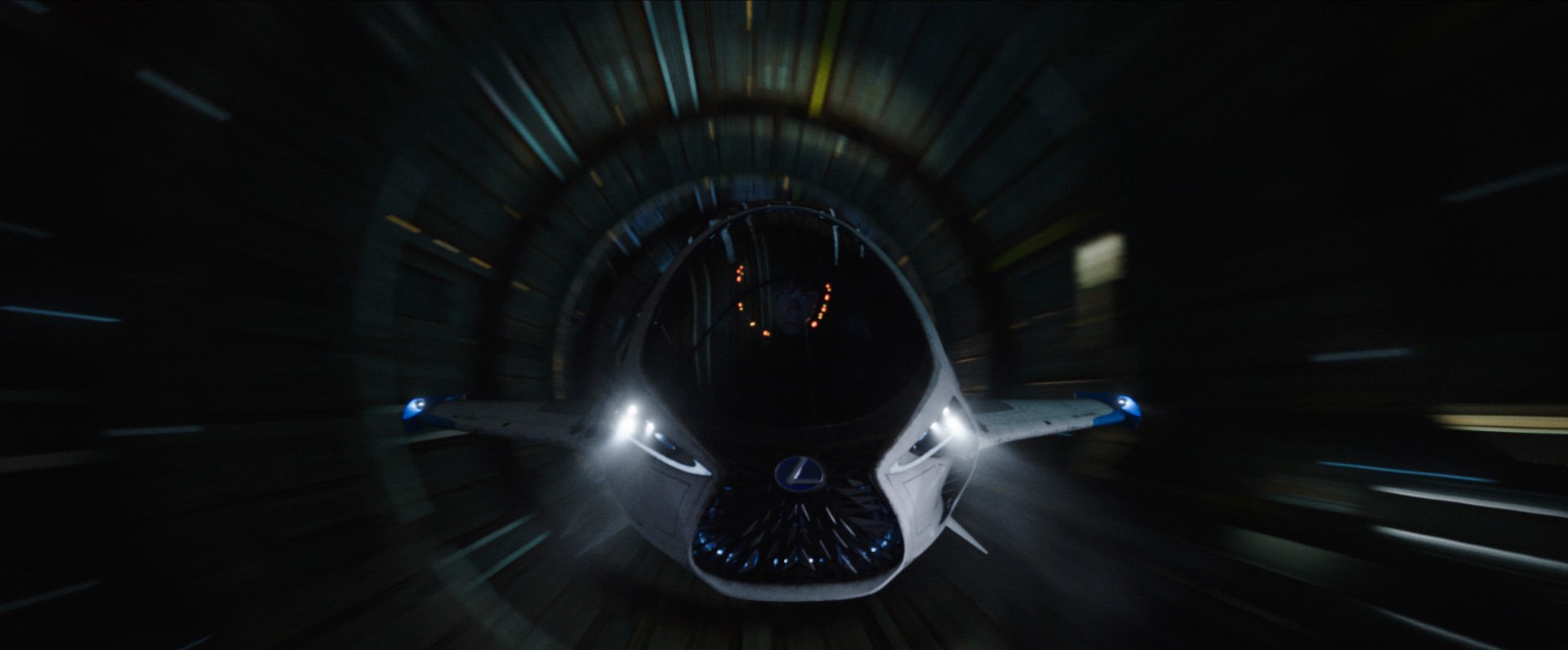
Inspiration for the Skyjet was mainly taken from nature. Dolphins, whales and sharks inspired aerodynamic design (Image credit: Lexus)
Using what the brand already implements into its vehicles, like artificial intelligence and an HMI (human machine interface), they helped Besson’s design team to dream up the Skyjet (pictured above, and at the top of this article), a single-seater spacecraft that was used throughout the movie.
Feeding sci-fi with reality
Dorman sees a sci-fi as a vital source of inspiration for future-gazing engineers.
“I believe the marriage of technology and science fiction right now (aided by current visual effects technology and artistry) helps make things once thought to be complete fantasy now seem more believable," he said.
"I also think part of the job of the sci-fi artist is to foreshadow how things will be in the future.”
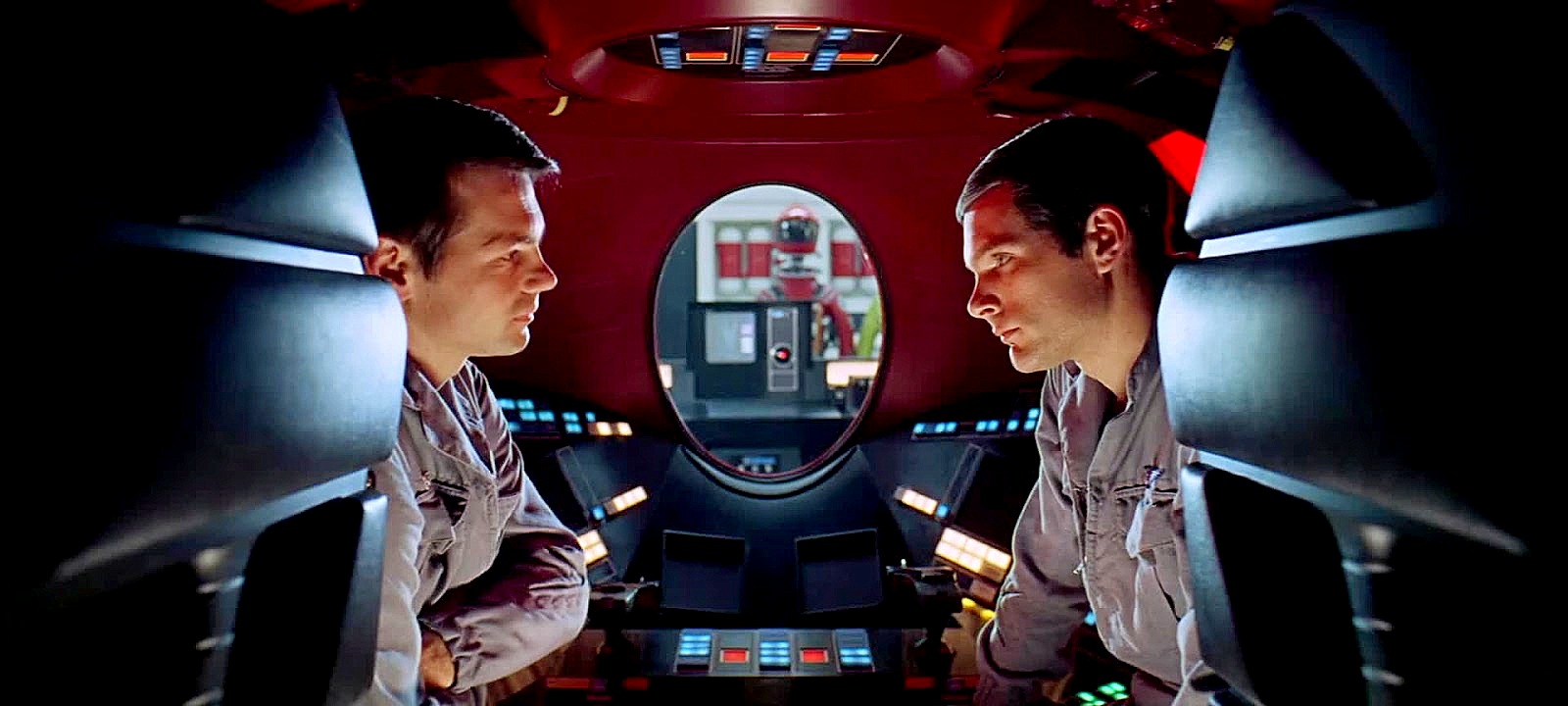
Stanley Kubrick’s 2001: A Space Odyssey has long been applauded for its accurate portrayal of future tech. (Image credit: MGM)
A similar sentiment was shared by science fiction writer Robert J Sawyer. He told us: “A third of my work time each year is spent on research, on attending – and speaking at – science conferences, on talking with working scientists and technologists, and on visiting universities, laboratories, and corporate and government facilities.
“But this is a two-way street. The reason I, and other science-fiction writers, have access to these places is that the working scientists recognise the symbiosis: they learn as much from our speculative responses to their breakthroughs as we learn from them.
“I’ve been an advisor to NASA, DARPA, Google, XPRIZE, the Canadian Federal Government, and many other organisations – as have many of my peers.”
Dreaming up a better future
So the crossover between imaginary and actual is well recognised as being rich and fertile ground for all, with the active cross-pollination of ideas occurring more readily than we might think.
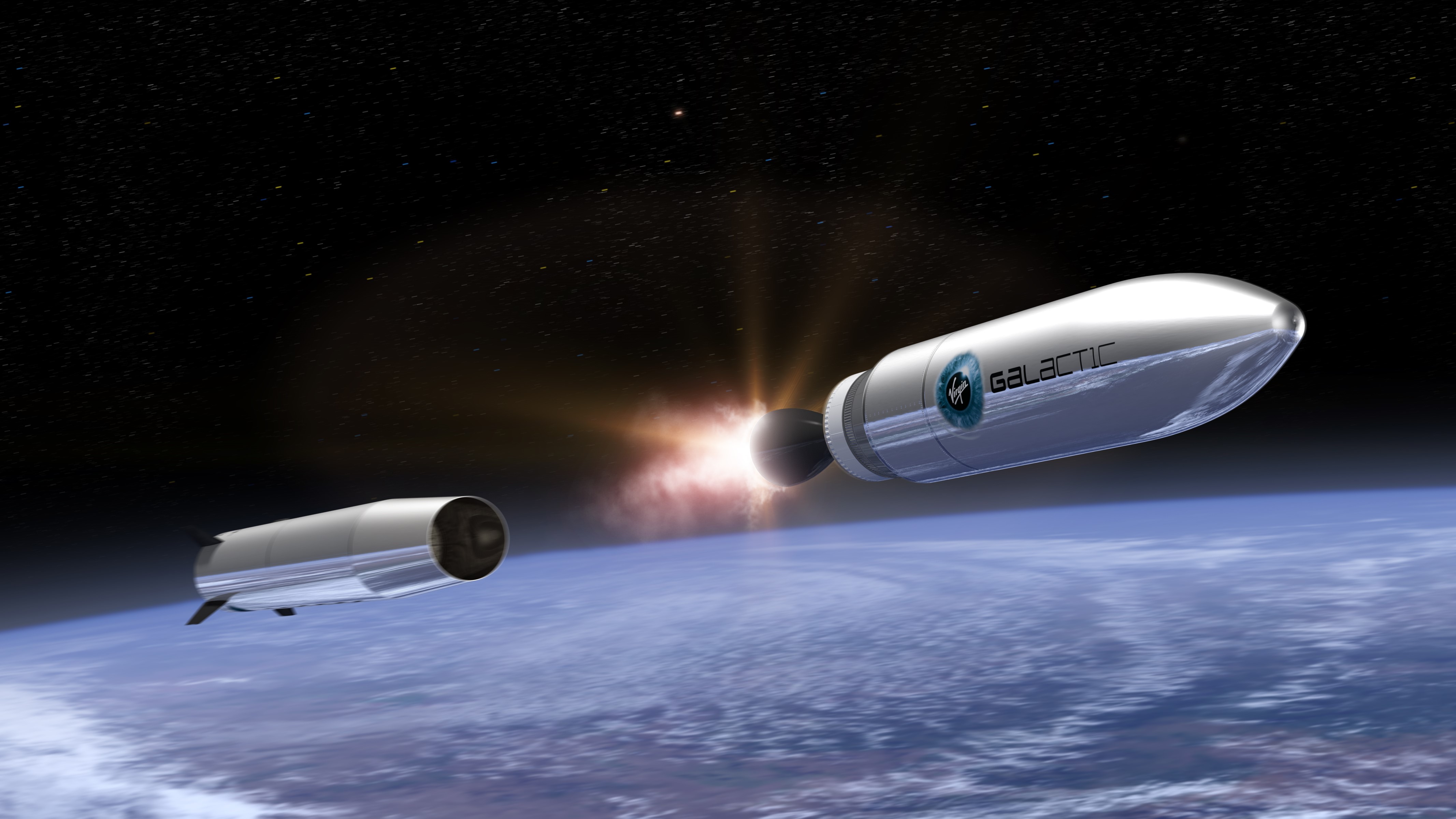
We may now be only a few years away from the reality of space tourism, with NASA’s Journey to Mars set to put human astronauts on Martian soil by 2030, and companies such as Virgin Galactic, SpaceX and Blue Origin constantly grabbing headlines due to their ambitious plans to do similar.
There will always be a trade-off in sci-fi between what’s scientifically accurate and what’s dramatically satisfying. But these movies are inspiring people to look again into the night sky and wonder what our destiny out there could be.

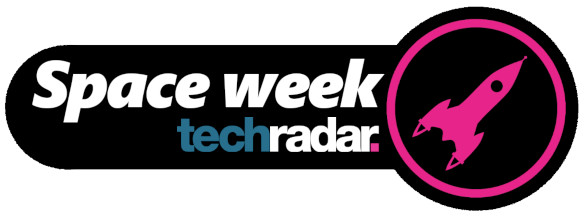
Welcome to TechRadar's Space Week – a celebration of space exploration, throughout our solar system and beyond. Visit our Space Week hub to stay up to date with all the latest news and features.